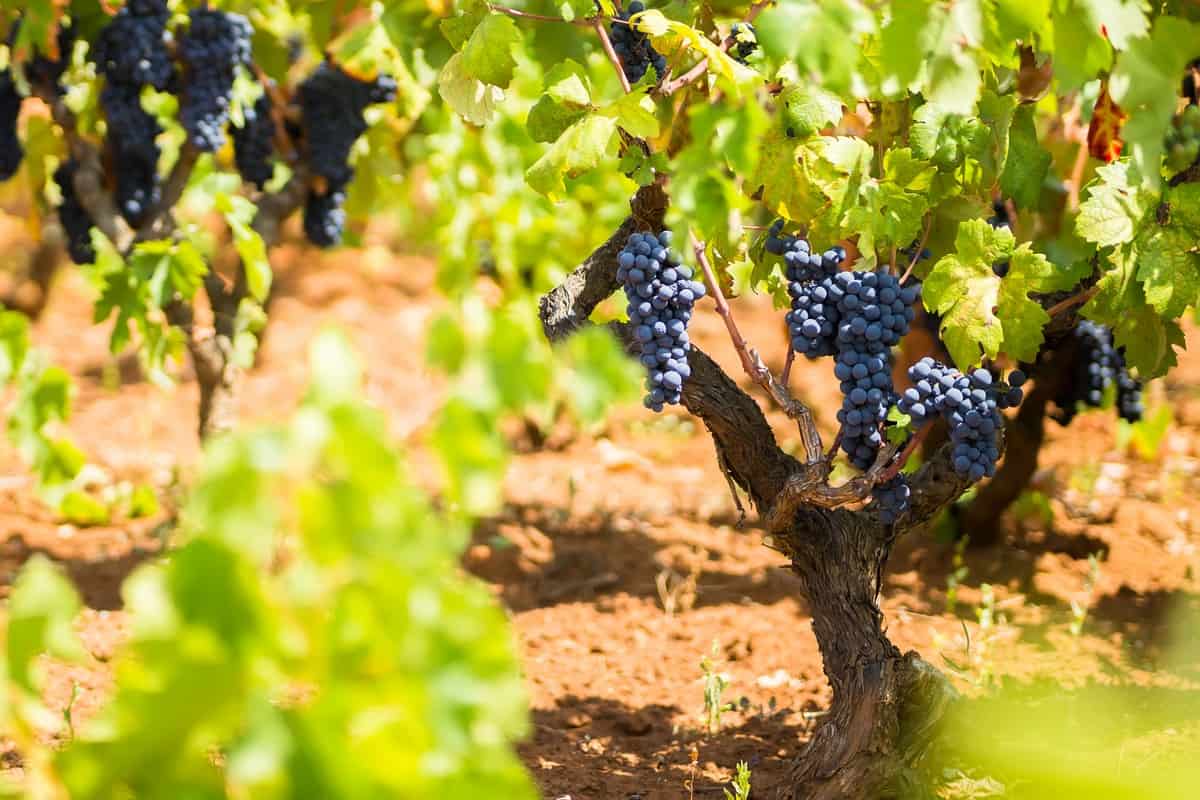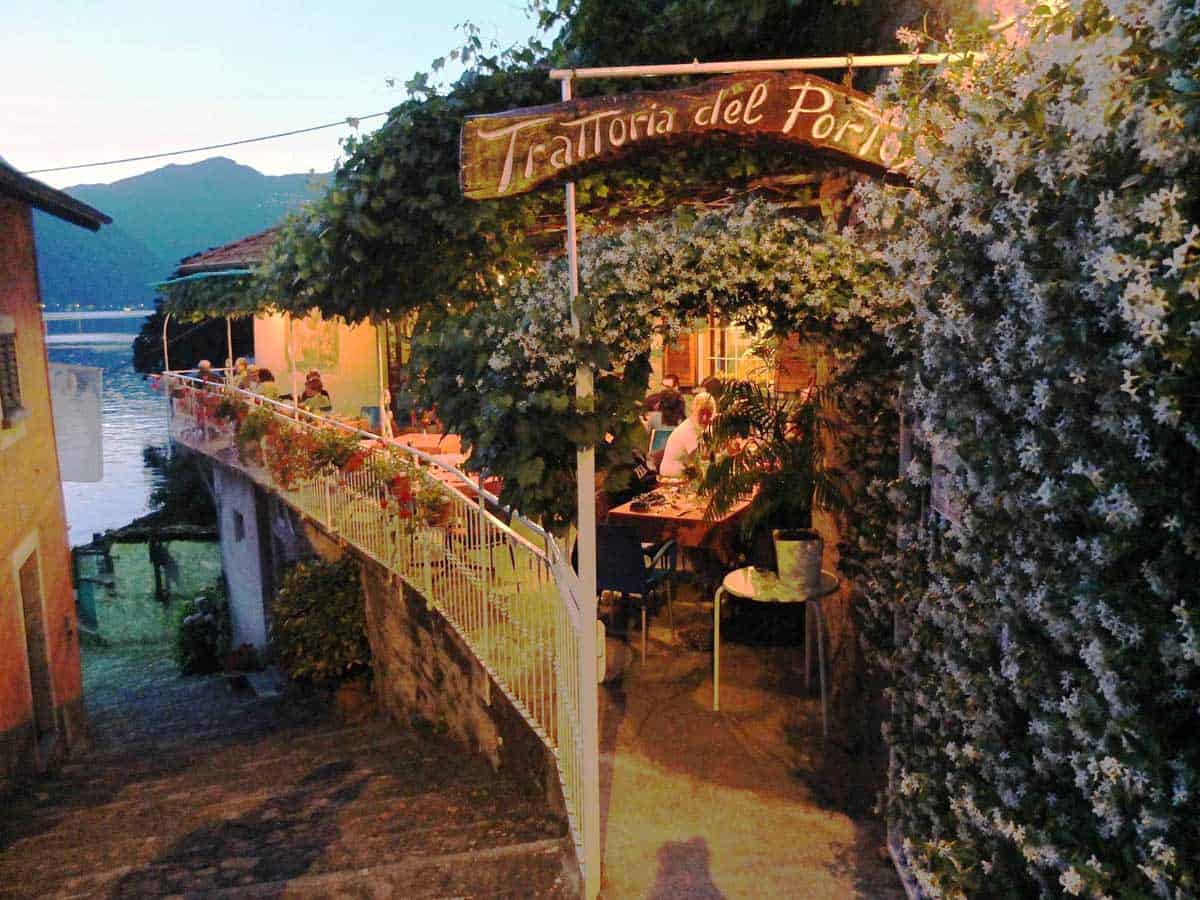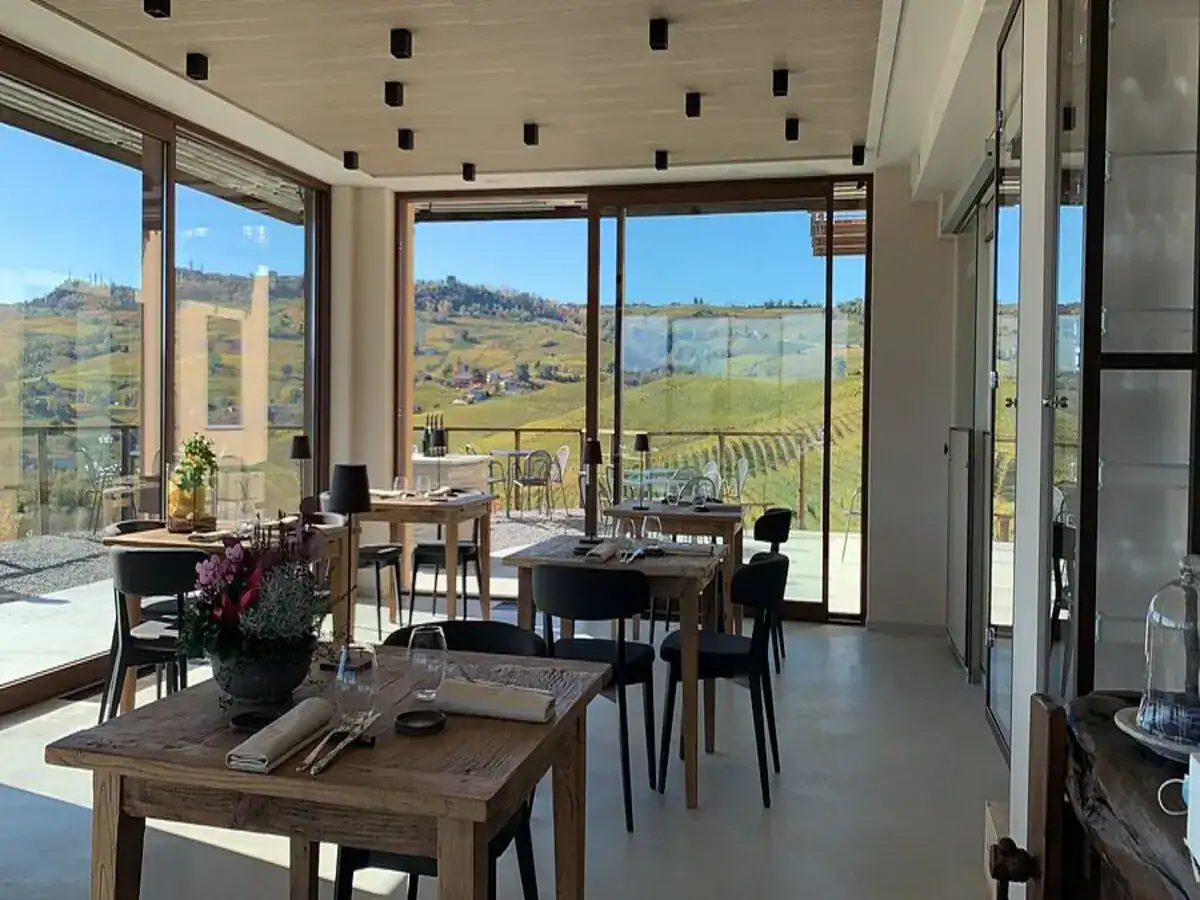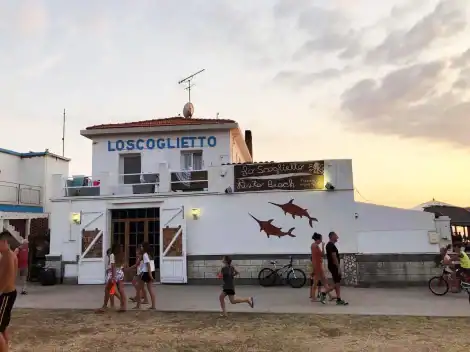Puglia continues to grow, both in quality and in awareness of this growth and how to achieve it. Of the 26 Tre Bicchieri awards, 19 are wines with a designation of origin, demonstrating how identity and the typicality of the territory are increasingly important for the people of Puglia. A few years ago, regional production was fundamentally tied to the grape variety rather than the territory. The stars are Primitivo di Gioia del Colle and Primitivo di Manduria, but we also find Brindisi, Castel del Monte, Terra d’Otranto, and Salice Salentino. Here, we focus on the latter, highlighting the labels awarded Tre Bicchieri and Due Bicchieri Rossi in the Gambero Rosso Italian Wine Guide 2024.

The Salice Salentino DOC: history and wines
The Salice Salentino DOC (created in 1976) initially only included "red" (also Riserva) types, which remain the most well-known, with high-quality wines made from Negroamaro grapes, sometimes blended with 10-20% Malvasia Nera, either Brindisina or Leccese. The DOC has since expanded to include "rosato" with the same grape blend and "white" using Chardonnay, Sauvignon, Trebbiano Toscano, Garganega, and Malvasia Bianca grapes. Today, the designation also includes Salice Salentino Negroamaro, Salice Salentino Negroamaro rosato, Salice Salentino Pinot Bianco, Salice Salentino Fiano, Salice Salentino Chardonnay, and Salice Salentino Aleatico.
The Rosso is particularly suitable for accompanying pasta dishes, roast meats, oven-baked lamb and goat, and medium-aged spicy cheeses. The Riserva pairs well with braised dishes, red meat roasts, and well-aged cheeses. The Rosato is a versatile wine, excellent with starters, cold cuts, white meats, and mild cheeses.
80% of Puglia’s reds and rosés include a significant percentage of Negroamaro. This grape, likely introduced to the Ionian coast by the Greeks, is most widespread in Lecce, Brindisi, and Taranto provinces. It produces abundant and consistent yields, adapting well to arid soils and hot climates. The resulting wine is intensely garnet-red, full-bodied, rounded, with a pronounced bitter aftertaste. When blended with Malvasia Nera and vinified as rosé, it creates a fine, fruity, and vibrant wine with a delicate aroma. The main DOC areas where Negroamaro plays a crucial role include Alezio, Brindisi, Copertino, Leverano, Matino, Nardò, Cerignola, Salice Salentino, and Squinzano, producing wines of remarkable finesse and elegance that remain warm and fruity, suitable for aging.
The best Salice Salentino Rosso wines
Salice Salentino Cantalupi Riserva '20 features tones of Mediterranean scrub, toasted notes, plum, and black plum. The palate shows prominent tannins and a savoury, juicy finish. The Conti Zecca family’s winery, an institution in Salento viticulture, owns four estates: Donna Marzia, Santo Stefano, and Saraceno in Leverano, and Cantalupi in Salice Salentino. They cultivate both local and international grape varieties, producing a wide range of labels that are technically well-crafted with a strong territorial identity.
Salice Salentino Rosso Selvarossa Riserva '20 by Cantine Due Palme, exhibits toasted notes, sweet spices, and black fruits. It’s compact, rich in fruit, with a long and pleasant finish. Founded by Angelo Maci in 1989, this large cooperative winery consists of 1,200 member growers working vineyards across Brindisi, Taranto, and Lecce provinces. The vineyards are 40% bush-trained and 90% planted with red grape varieties, mainly traditional ones, producing a wide range of over 30 labels, all well-crafted and modern in style with a Mediterranean touch.
Salice Salentino Negroamaro Rosso Teresa Manara Riserva '20 offers aromas of blackberry, aromatic herbs, and sweet spices. The palate is juicy, with good structure and length. The Cantele family’s winery, with vineyards in Guagnano, Montemesola, and San Pietro Vernotico, relies on about 150 hectares from trusted growers followed by the company’s staff throughout the year. Besides their historic Chardonnay, they primarily cultivate traditional varieties like Negroamaro, Primitivo, and Susumaniello, aiming for wines that combine typicity with drinkability.
Salice Salentino Vereto Riserva '21, has aromas of black forest fruits, liquorice, and quinine. It’s juicy, balanced, and has a pleasant, fruity finish. The Vallone family’s winery, established in 1934, operates three estates in some of Salento’s most renowned areas. One estate is within the Brindisi DOC, housing the modern winery, another in Salice Salentino DOC with nearly century-old bush-trained Negroamaro vines, and the third in Carovigno, in the Torre Guaceto nature reserve. Their wines authentically express the territory and grape varieties.
Salice Salentino Rosso Mani del Sud '21, classic aromas of ripe black fruits with liquorice nuances, good body, well-managed tannins, and a smooth, pleasant, juicy finish. The Apollonio family has owned vineyards and produced wine since 1870, bottling their production since 1975. Now led by the fourth generation, brothers Marcello and Massimiliano, they offer a wide range of wines from both their vineyards and trusted growers. They primarily use traditional Salento varieties like Negroamaro and Primitivo, focusing on traditional-style wines with attention to aging potential.
Salice Salentino Santa Croce Riserva '20, shows aromas of black fruit jam, dried figs, and tobacco. The palate is slightly tannic but fruity, with a savoury, juicy finish.
These selections showcase the excellence and diversity of Salice Salentino Rosso, a testament to Puglia’s growing reputation in the wine world.


 Three days at Lake Como in 17 destinations: Trattorias, Osterias and Fine Dining
Three days at Lake Como in 17 destinations: Trattorias, Osterias and Fine Dining Piedmontese classics and raw seafood. The unexpected restaurant with a pool in the Langhe
Piedmontese classics and raw seafood. The unexpected restaurant with a pool in the Langhe US Tariffs. according to the Government, a 10% rate would not be impactful, but for most wineries the risk is high
US Tariffs. according to the Government, a 10% rate would not be impactful, but for most wineries the risk is high Grilled vegetables and chicken on the side: in Chianti, plant-based cuisine takes centre stage
Grilled vegetables and chicken on the side: in Chianti, plant-based cuisine takes centre stage A top gelato maker from Florence launches flavours dedicated to women who made history
A top gelato maker from Florence launches flavours dedicated to women who made history







